Role, Potential And Concerns
While modifications are expected to be completed by 2025, the Izumo-class has actually proved its potential when two F-35s from the US Marine Corps conducted take-off and landing experiments in 2021.
This indicates not only the vessel’s sufficient length, but also the likelihood of accommodating American F-35s on JMSDF carriers and vise-versa.
 “Kaga” with the modified bow (photo: JMSDF)
“Kaga” with the modified bow (photo: JMSDF)
So, how many F-35s will the Izumo-class operate?
The newly converted Izumo-class carriers can potentially accommodate up to fifteen F-35Bs. Though this may seem like a small number, the advanced nature of the F-35 makes it threat which adversaries cannot neglect.
In any case, a squadron of F-35 stealth fighters is about the right size for a start and will undoubtedly supplement the land-based air units in Okinawa.
Adding to this crucial role of deploying air power for island defense, the light carrier is also expected to cover the strategically important area between the Ogasawara Islands and Okinawa Islands which is currently void of military units.
It is worth mentioning that the F-35Bs will be operated by the Air Force (JASDF) and are to be primarily deployed at Nyutabaru Airbase in Kyushu. Since such joint operations are unprecedented in postwar Japan’s history, it may pose as an obstacle for both the JMSDF and JASDF.
Another concern is the lack of early warning capabilities.
Due to the challenge of detecting beyond the horizon, carriers will normally deploy airborne early warning aircrafts (AEW) like the US Navy’s E-2D. If a fixed-wing AEW is difficult, most nations would use helicopters for the job.
However, there is currently no information on AEWs for the Izumo-class. The absence may suggest a reliance on land-based JASDF aircrafts, but this is likely to limit the carrier’s operation range which is surely what JMSDF does not want.
Considering the available options, introducing an AEW helicopter like Britain’s carrier seems to be the viable solution here, though it is unclear what path the JMSDF is intending to take.
The Izumo-class’s Future
Given the JMSDF’s incremental approach towards obtaining an aircraft carrier, it seems unlikely that they will halt with the Izumo-class.
Indeed, it is natural to speculate that the JMSDF intentions are to use the Izumo-class as a training vessel for accumulating expertise, similar to the Chinese Navy’s “Liaoning” carrier.
If so, the lessons learned from Izumo and Kaga will definitely serve as the basis for next-generation carriers. But, the JMSDF’s serious manpower shortage hinders any feasibility of operating a full-fledged carrier.
Given the limited amount of resources, it would be wiser to prioritize more efficient assets including submarines and multi-role frigates. As long as the shortage of sailors remains intact, any hopes of operating a full-scale aircraft carrier seems impractical.
Beyond the role of a training carrier, the Izumo-class symbolizes Japan’s modern naval power. As the symbols of the JMSDF, both ships are routinely dispatched to the South China Sea and the Indian Ocean to showcase Japan’s presence in the region.
Of course, such naval diplomacy will continue after being transformed into a light carrier. The significance of a Japanese carrier showing the flag alongside the US, Australia, India and others is immensely impactful, sending a clear message to the surrounding region including China.
Hence, the Izumo-class is likely to serve as JMSDF’s most valuable asset for the foreseeable future.

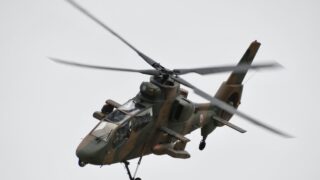
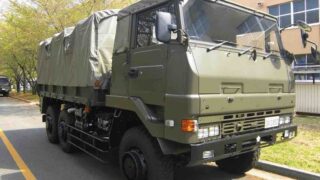
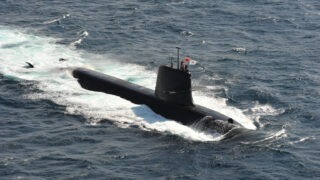
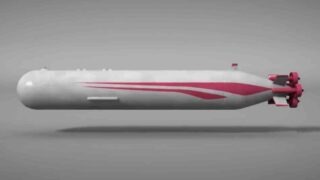
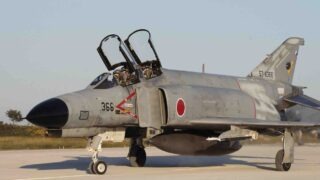
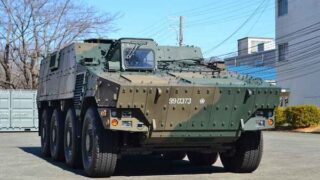
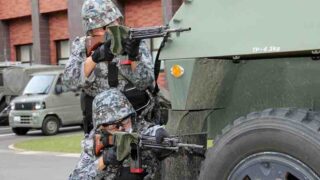
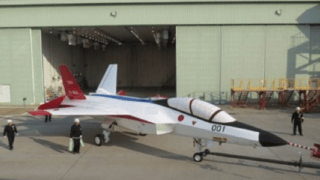
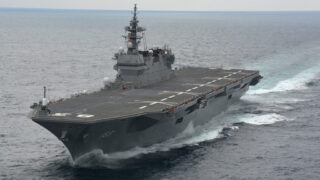
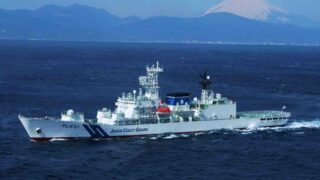
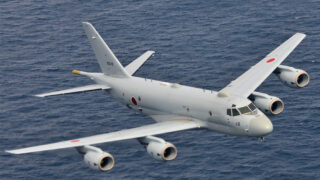

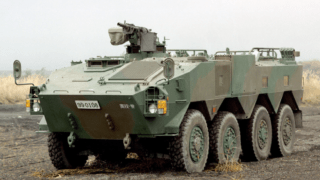
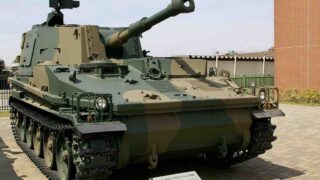

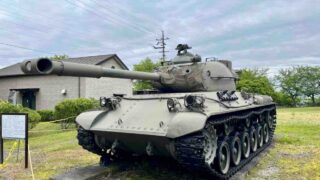
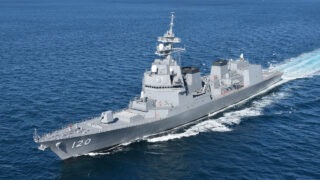
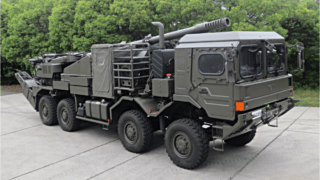
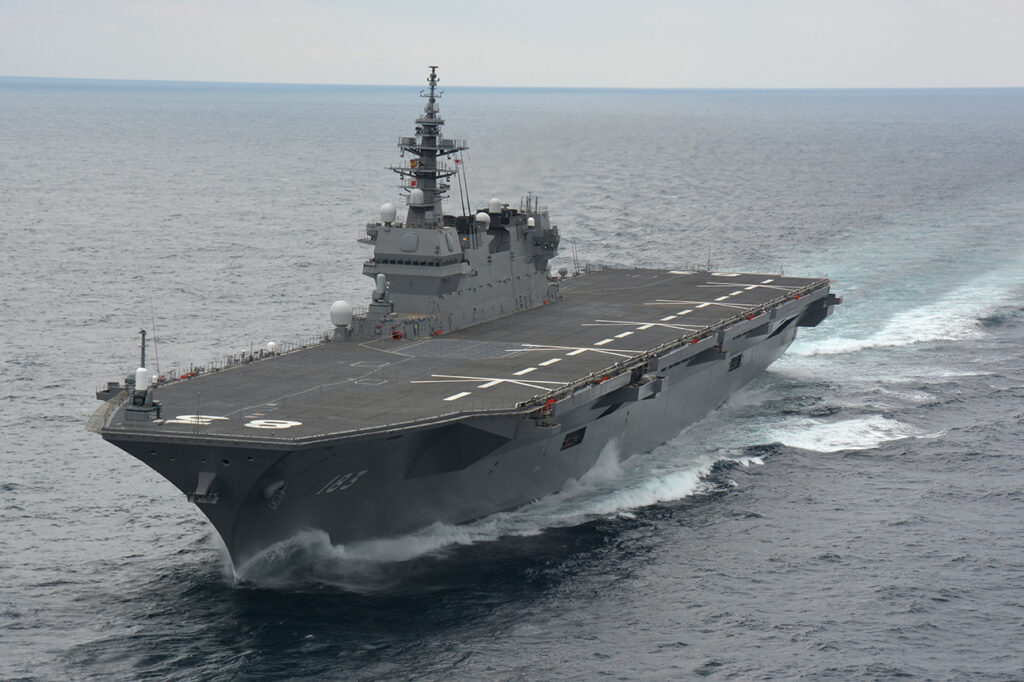
Comments